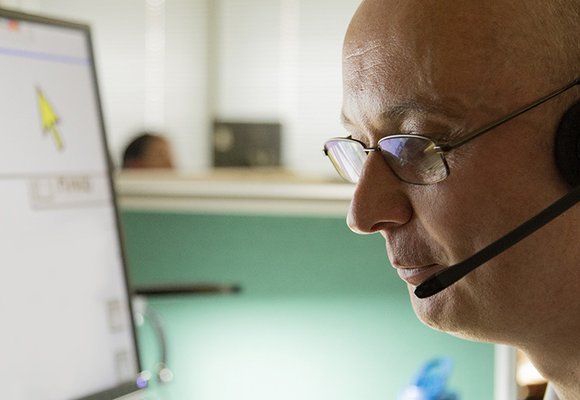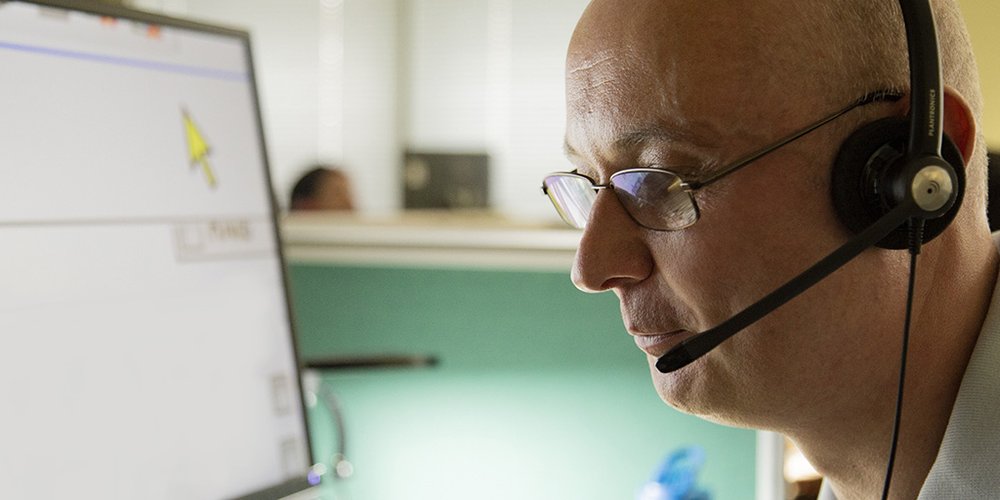Burns Night
Burns Night is celebrated every year on 25 January, to mark the anniversary of Robert Burns’ birth.
Robert (‘Rabbie’) Burns, regarded by many as the national poet of Scotland, was born on 25 January 1759 in Ayrshire. The oldest of seven children, Burns, instead of going to school, worked on his family’s farm. His father taught him how to read and write and he developed a love of poetry and songs from a young age.
Burns often wrote about Scotland’s natural beauty and other themes, including love and the universe, in simple language, making poetry more accessible for a wider audience. Burns also wrote many songs, including ‘Auld Lang Syne’ which is often sung at weddings and Hogmanay (New Year’s Eve) and other celebrations.
People in Scotland - and around the world - have celebrated the life of Rabbie Burns for more than 200 years, by hosting or attending a Burns Supper. It is tradition to ‘Pipe in the Haggis’ and then recite Burns’ poem ‘Address to a Haggis’. During a Burns Supper, people will eat the traditional Scottish meal of haggis, turnips and potatoes, known as “haggis, neeps and tatties”.
Burns Night facts and figures:
- The first Burns Supper was held by Burns’ friends and took place on the fifth anniversary of his death.
- The largest Burns Supper - with 926 guests attending - was held in Edinburgh in 2020.
- More haggis is sold in England than in Scotland.
Activities for children with vision impairment: Family activities
A traditional Burns Supper is held to celebrate friendships, enjoy good food and share songs and music. Here are some ways to include your whole family in the spirit of Burns Night.
Make cranachan:
Cranachan is a traditional Scottish pudding and is often served at Burns Suppers after the haggis, neeps and tatties.
During this activity:
Encourage your child to feel and smell the ingredients and to taste them individually before they are mixed together. This is a great activity for discussing texture, temperature and flavour and for extending your child’s vocabulary and understanding of these concepts.
Guide your child gently through the different steps and, where safe to do so, allow them to develop independence by doing some things without your help.
What you will need:
- 75g oats (3/4 of a cup)
- 2 tbsp honey
- 250g raspberries (about 2 cups)
- 350ml double cream (thick cream, 1-2 cups)
How to make cranachan:
Step 1
- Toast your oats in a dry pan on the cooker hob. This should take around five minutes, or until the smell becomes nutty. Once toasted, pour the oats into a container and leave to one side to cool.
Step 2
- In a bowl, use a potato masher or fork to crush the raspberries. Leave a few whole ones for later.
Step 3
- In a separate bowl, whip your double cream until you can make soft peaks. Add your honey and fold this in gently.
Step 4
- Add the cooled oats to the cream. Save a handful for later to use as a garnish.
Step 5
- Layer the raspberries and cream mixture into a serving dish. Finish with a layer of cream on the top.
Step 6
- Sprinkle the remaining oats over the top, add a couple of fresh whole raspberries, then tuck in and enjoy!
Have fun with words
The poems and songs of Rabbie Burns use traditional Scottish words and phrases to celebrate the unique sounds and emotions at the heart of his culture.
Here are some words you might find in one of his poems:
- Aw – All or every
- Aboot – About
- Ain – own, belonging to me
- Ayewis – Always
- Hert – Heart
- Bonnie – Nice looking, pretty
- Freend – Friend
Encourage your child to say these words aloud and use them in sentences. If they enjoy writing songs and poems, why not ask them to write about something they love, like Burns did, using these and other traditional Scottish words?
Follow this link to find more words to help with your poem.
Design your own haggis toy
Haggis is a traditional Scottish dish made from a mixture of ingredients, cooked in an edible bag. Haggis is an important part of Scottish tradition - some people even pretend it is a real animal! Here’s how to make your own ‘wild haggis’:
What you will need
- Socks
- Rice, flour or sand
- Scissors
- Things to decorate your haggis, such as:
- Googly eyes
- Pipe cleaners
- Scraps of fabric
How to make a wild haggis
Step 1
- Fill the bottom part of a sock (where the foot goes) with some sand, rice or flour.
Step 2
- Pat down the filling so it’s compact. Tie the end in a knot and cut off any excess fabric.
Step 3
- Give your haggis its own, unique character by adding googly eyes, pipe cleaners or other decorations, or by making a hat and scarf from spare pieces of fabric. Don’t forget to give your wild haggis a fun Scottish name!
Websites and links for children
Read some of Rabbie Burns’ poetry and songs, listen to some music and learn more about him by following the links below:
- What is Burns Night? | All About Robert Burns for Kids – YouTube Kids
- What is Burns Night and how are you celebrating? - BBC Newsround
- Burns Night | Event Celebration, Traditions & Activities (twinkl.co.uk)
- Tam O’ Shanter Overture by Sir Malcolm Arnold: Tam O'Shanter overture by Sir Malcolm Arnold - YouTube
- Here is a link to all Rabbie Burns’ Poems and Songs. You can read them in Auld Scots and also in English: Translation Index (robertburnsfederation.com)







